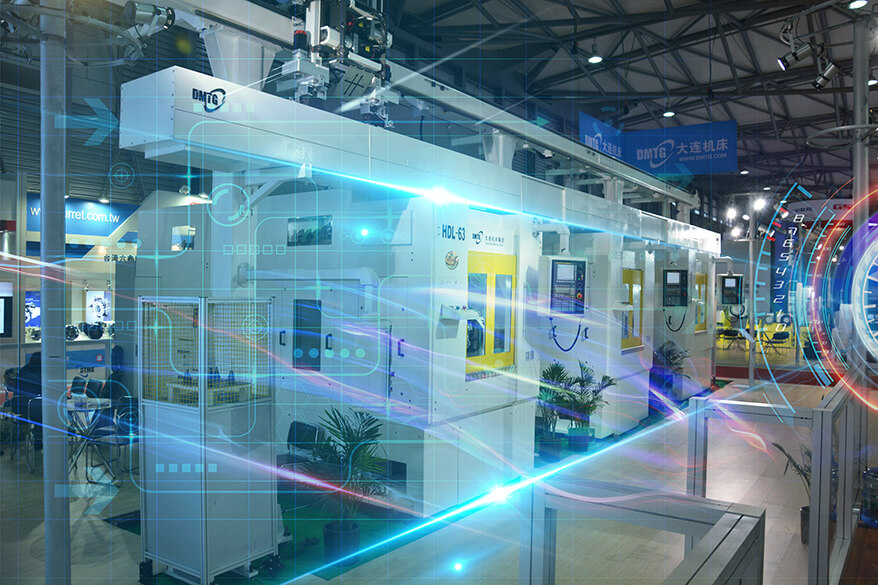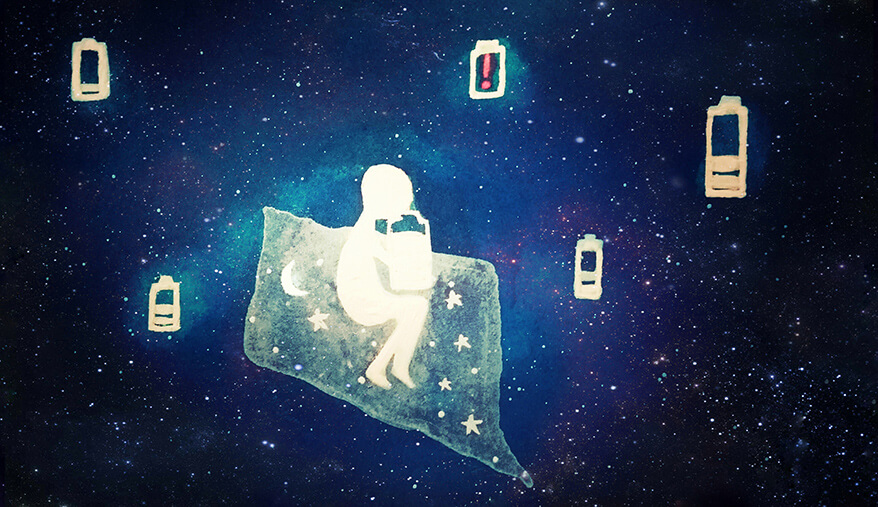Solar Lithium Ion Charger- Charging And Medical Applications
Feb 26, 2020 Pageview:1033
The batteries have become an integral part of the energy resource, considering the technological advances in the domain of electronics. Batteries are energy limited and require recharging.Recharging the batteries with solar power by solar cells can give a smart way of using electronics.
In recent years a sudden increase in the use of battery-operated devices such as tablet PCs, handheld video games, standalone movie players, digital photo frames, etc. Standard charging solutions have the wall adapter and USB based chargers. It is a low-cost solution. The dependence on the main power can increase the power bill and results in the increase of greenhouse gases. That is why to have a better life of the battery in an environmentally friendly way, using the solar panels. It provides ambient light would be an optimal solution.
Some critical considerations for solar charging solutions are maximum power point tracking (MPPT), reverse leakage protection, techniques for charge termination, and preventing solar-panel collapse.
Can you charge a lithium-ion battery with a solar panel?
Yes, you can charge lithium-ion batteries with a solar panel.The sun provides high power of about 1,000 watts per square meter (93W/sq ft), and a solar panel transforms the power into 130W per square meter (12W/sq ft). This energy corresponds to a clear day with a sun focus on the solar panel. The photovoltaic effect comes into play where.
The commercial photovoltaic systems are 10 to 20 percent efficient. The flexible panels have only a 10 percent range, and the efficiency of the solid panels is about 20 percent.
A solar charging system requires a charge controller, which takes charge from the solar panels,wind turbines and converts the voltage to battery charging. There should be a connection of correct batteries where the charge controller is designed. Do not interchange the lead batteries with lithium-ion batteries.This could compromise the safety and durability of the cells as the charge and voltage configurations are different.
A lower-cost charge controller produces an output voltage when light is available. With a reducing light source, the charge controller just turns off and continues when adequate degrees of light are reestablished. The vast majority of these gadgets can't use periphery power present at first light and sunset, and this limits them to applications with perfect lighting conditions
How do you make a solar battery charger?
Have you ever thought of making the solar battery charger, well it is the most natural thing which you can do? Here are the quick steps which you can do
Step 1
To build a solar battery charger, you need to have some things which are like the tools to create a charger. It includes
A bright, water-proof container. (Dollar Store Tupperware with built-in O-Ring)
AA Battery Holder?(Radio Shack, also fits AAAs if you're careful)
One or Two?Solar Panels?rated 4 Volts or above
Blocking Diode
Tools you need
Soldering Iron
Solder
Tape
Safety Goggle
Step 2
Things you should have knowledge of before you start the process
Know your batteries (NIMH batteries)
Know your solar panel
Step 3
The panels which you use in creating the solar panel are essential. So try to figure out about the solar panel you are using.
Step 4
You need to solder your blocking diode with the positive wire coming out from the battery and solder negative wires at the negative tabs of the solar panels.
Step 5
If you have only one panel, you are done, but if you are using two panels hooked up in parallel, then you have to solder. For parallel connection, you need to use two more wires to connect positive and negative cables.
Step 6
Lots of taping needs to be done after the soldering is done. The tapes are a good measure to the soldered area, which keeps it fixed, and there is no chance of getting removed.
Can solar lithium-ion battery chargers be used in the medical device?
Batteries assume an undeniably massive job in the general security, execution, and dependability of numerous medicinal gadgets. With increasingly therapeutic devices turning out to be automated, minimized, and versatile, the quantity of battery controlled therapeutic gadgets will keep on expanding. Despite the fact that there are various points of interest to utilizing cells in medicinal gadget applications, for example, reinforcement force or compactness, there are likewise various difficulties that can affect configuration, testing, fabricating, incorporation, determination, buy, stockpiling, upkeep, and utilization of batteries all through the complete item life cycle.
Lithium batteries are small and having less weight and which makes them ideal for medical devices such as hearing aids, pacemakers, surgical tools, medical defibrillators, robots, infusion pumps, monitors, and meters that are benefitted from lithium-ion batteries
In light of their high vitality thickness, lithium batteries are powerless to overheating and can turn into a fire peril, so they have been delegated a dangerous descent. So as to be moved, they should meet specific arrangements spread out in the worldwide UN 38.3 standard. The standard applies to all territories in the lithium battery transportation chain: sub-providers to final result maker; producer to the merchant; in or out of the item; in the field; during item return; or inside non-unique bundling. It is significant for the medicinal business to be acquainted with these necessities as the utilization of these batteries turns out to be progressively common.
UN 38.3 applies to batteries either moved individually or inside a gadget. A general standard, it has been embraced by controllers and able specialists around the globe, making it a prerequisite for access to different, even worldwide, markets. The UN 38.3 convention is a crucial segment of the risky guidelines and incorporates recognizing/ordering lithium batteries, testing/capability prerequisites, structure direction/conditions, and bundling/shipping commitments.
There are some processes that are followed by the processes such as classification,testing and qualification,design guidelines and conditions, packaging and shipping conditions that are important to know if you are using in for the medical device.
- Prev Article: Lithium-Ion Solar Storage Battery- Storage Analysis
- Next Article: Lithium Battery Production Pollution-Environment and Production
Leave Message
Hottest Categories
-
Hottest Industry News
-
Latest Industry News












